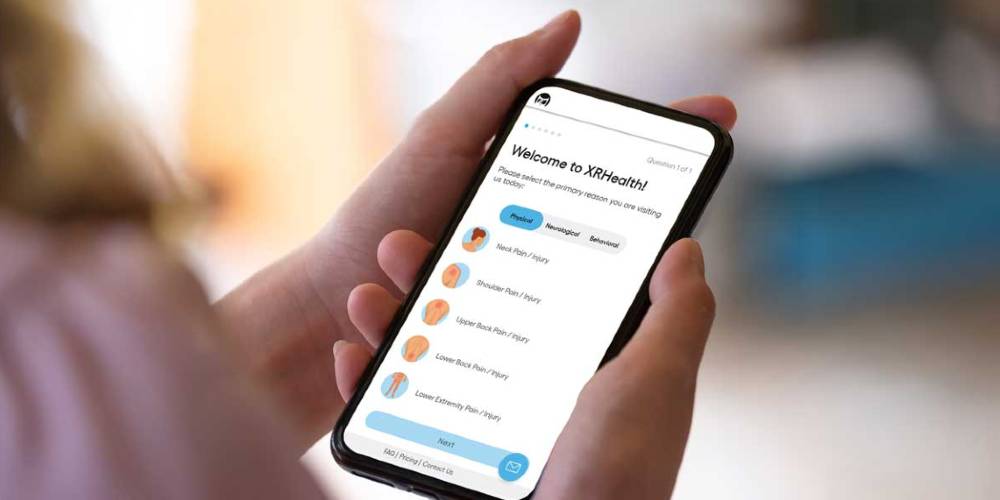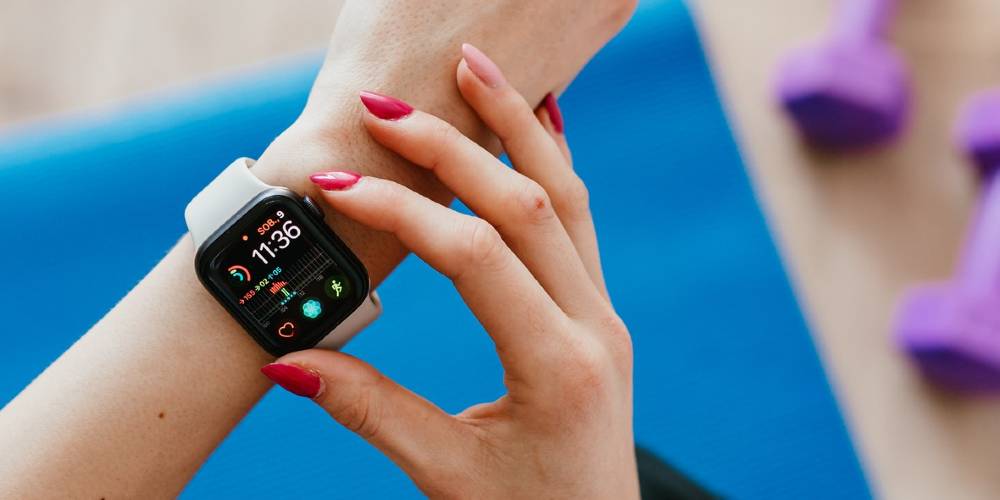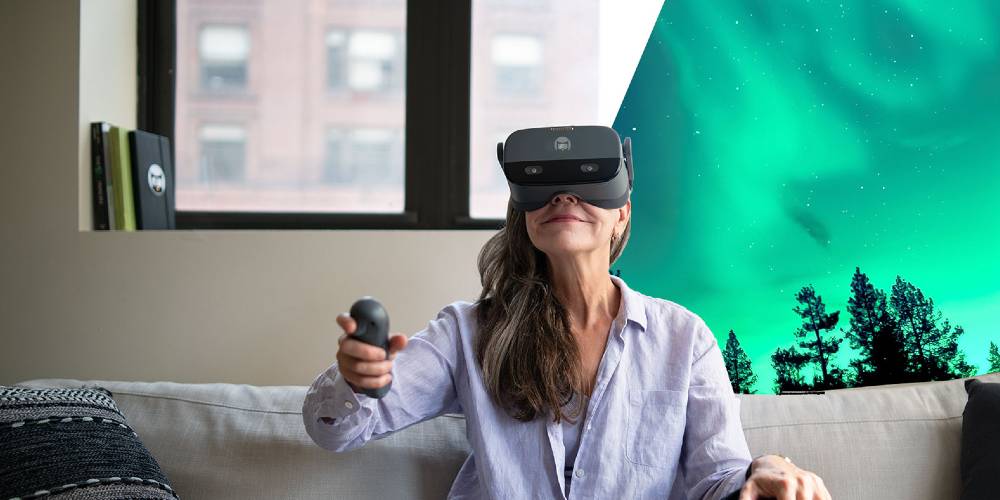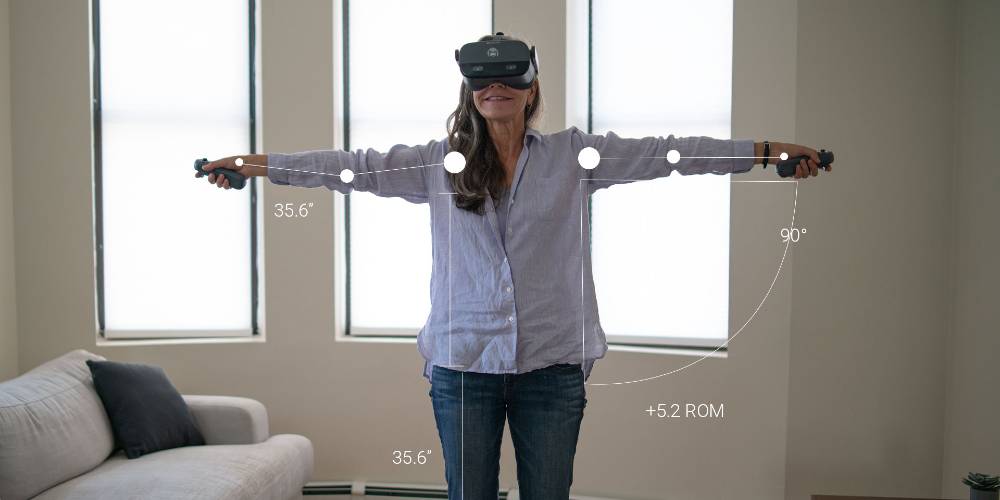Healthcare is undergoing a radical transformation. While accelerated by necessity during the pandemic, the world has been in transition for years. But, there are incredible changes yet to come. Changes that will enhance patient-practitioner communication. Reduce errors. Lead to greater flexibility, accuracy, and access. Together, these will deliver better outcomes for you, the patient.
You might have already used telemedicine; the use of technology (phone or video conferencing, for example) by a health professional in diagnosis and treatment. But we are just at the beginning of its use.
According to Statista, the global telemedicine market is ready to explode. In 2019, it was valued at $49.9 million. It is projected to reach $277.9 million in 2025, and hit $459.8 million as this decade comes to a close.
Digital Health Trends
As staggering as this is, telemedicine is only one piece of the digital health trends pie. Options for digitalization in healthcare are rapidly expanding to include:
- telemedicine
- personalized apps
- virtual reality (VR)
- augmented reality (AR)
- artificial intelligence (AI)
- wearable tech
- big data
- blockchain
1. Telemedicine: A new way to consult with health professionals
Telemedicine, also called telehealth, is defined by the World Health Organization as:
The delivery of health care services, where distance is a critical factor, by all health care professionals using information and communication technologies for the exchange of valid information for diagnosis, treatment and prevention of disease and injuries, research and evaluation, and for the continuing education of health care providers, all in the interests of advancing the health of individuals and their communities…
This technology allows you to:
- Securely speak with a health professional online
- Share your imaging, like X-rays or ultrasounds, and other diagnostic results
- Protect yourself against pathogens (wonderful in our COVID-19 world)
- More easily attend consultations
- Consult with health professionals in distant locations
- Receive notifications that improve your adherence to appointments and treatment, giving you better results
- Improve your work/life balance because a commute is no longer needed
- Virtually receive trainings and resources
2.Personalized apps: The next step in tailored care
An app, or software application, is a program designed to function on a mobile device. Think smartphone, tablet, or watch. You likely already have a range on your phone now: Facebook, Instagram, Uber, WhatsApp, Zoom, or your favorite game.
Personalized apps, then, are software applications that deliver a highly personalized touch. They are customized to meet your needs, current situation, interests.
Imagine an app for type two diabetics. It might contain hundreds of short articles, videos, and tips.
But, to personalize itself for the user, it can also track:
- food intake
- blood sugar levels
- sleep quality
- stress
- body weight
- and exercise.
If a high blood sugar level was recorded, the user would be notified and sent a helpful resource based on their data.
If a blood sugar reading was worryingly high, the notification could recommend a prompt consultation and forward the relevant details to the doctor before the appointment.
Health apps are already providing life-changing outcomes.
While the mind boggles at future possibilities, they are on-track to be huge. For example, this year the worldwide women’s health app market sits at around $2.3 billion. In nine short years that’s expected to reach $10 billion!
3. The benefits of wearable technology
If you wear a smart watch, have gifted a FitBit, or have eyed off a piece of smart clothing, you’re already aware of the presence and power of wearable tech.
From counting steps to monitoring sleep patterns, tracking heart rate to detecting poor posture, estimating calorie consumption and more, wearables provide useable feedback and previously difficult to obtain information in a virtual heartbeat— info people need and want.
An article published on 360MarketUpdates noted that, in 2017, the worldwide wearable tech market was worth an estimated $7,859.4 million. By 2023, this is expected to hit $27,255.6 million. Wearable technology is just getting started!
Research published in the journal, Frontiers in Public Health, found that wearables:
- Allow people to monitor and modify their behaviors
- Promote friendly competition and better health outcomes
- May encourage the formation of positive long-term habits
- Allow people to connect with others and share information, leading to greater support and motivation
- Increase daily steps taken
- Incorporate feedback, goal setting, real-time alerts, reminders, and rewards to encourage healthier choices
- Provide data that can be shared with health professionals
Ready to try a new way to manage your health?
4.Virtual reality and augmented reality (it’s already here)
Once only imagined in sci-fi worlds like Star Trek and Tron, VR and AR have become (almost) mainstream. While sharing similarities, these two types of technology are different. But together, they are expected to flourish into a $9.5 billion industry by 2028.
Why?
As a 2021 article said, VR and AR “are witnessing widespread adoption in surgical departments, simulation labs, education and training, and chronic pain management.”
The technology works and can bring about real change in people’s lives.
Virtual reality provides a fully simulated environment. Once you don an Oculus Quest or a pair of our XRHealth headsets, your vision shifts to a purely virtual world. It is an immersive, experiential environment, where you can feel like you’ve really traveled through space and time.
At XR Health, we harness the power of VR for:
- Upper extremity, neck and back rehabilitation
- Motor-cognitive exercises
Brain training
Enhanced executive functions and memory span - Promotion of active shoulder range of motion
- Mediation to calm and relax the mind
- Self-management of pain and the hot flashes of menopause
- Peer support
- Fun!
VR is part of the digital transformation of healthcare and showing hearty signs of becoming the next big thing.
AR, on the other hand, augments — superimposes itself on — current reality.
Remember Pokémon GO? When people took to the streets with phones in hand searching for imaginary characters in “real” places? Yes, that’s AR!
Both types of technology offer meaningful benefits for both practitioners and patients.
5. The power of artificial intelligence
If the idea of artificial intelligence sets a tremble in your bones, breath. It’s already here.
Brilliant raging robots haven’t eclipsed humanity or led to the downfall of civilization. In fact, you might currently be using it already. If you’ve asked Amazon’s Alexa for the weather or wondered why Facebook can preempt your next move, you’ve interacted with AI.
Because of its power to integrate unimaginable amounts of data, cyber IQ offers profoundly positive potential for human health. Without discussing AI, it is impossible to talk about the healthcare digital transformation.
According to MarketDataForecast, in 2019 the global AI healthcare market was worth $2.4 billion. It is projected to explode to $31.02 billion by mid-decade. Why such incredible growth? AI can — and is — transforming healthcare.
This technology permits:
- Earlier and more accurate diagnosis
- Design of better treatment plans
- Efficient completion of repetitive tasks
- Collection, storage, sorting, and standardization of data
- Reduction of costs
The take away is that patient care — your care — is improved. This tech can help you get better results and experience better health. And there are benefits still to come; those we can’t yet imagine. Star Trek’s medical bay might be in our future.
6. The advantages of big data
You’ve likely head of the term, big data. But what is it?
Big data refers to information that is immense in size. So large that traditional methods are unable to process its sheer mass. Inside the data lays a wealth of knowledge; knowledge that can change the health field and your wellbeing.
Big data can provide:
- Lower treatment error rates
- Cost reductions
- Enhanced care
- Targeted and timely follow-up care
For example, by keeping track of a patient’s statistics via a wearable, unusual readings can be detect early. Appropriate action can then be taken. This helps to ensure people don’t slip through the cracks.
7. The safer, immutable blockchain
If you’ve imagined that cryptocurrency and blockchain are the same thing, think again.
Cryptocurrency is a digital tender. Blockchain is, as IBM says, “A shared, immutable ledger that facilitates the process of recording transactions and tracking assets in a business network.”
In essence, blockchain involves a network of computers that verifies that a transaction has occurred. This transaction cannot be changed or removed. It is permanent, “Immutable”. Transactions happen at speed. In addition, smart contract can be used to ensure a particular exchange takes place.
Because of its security, share-ability, speed, and accuracy, blockchain technology has the potential to transform the exchange of information including medical, financial, and other records. To eliminate duplication. To save money. To increase efficiency. Given current problems in the health space, these benefits are sorely needed.
That’s why its growth trajectory is exponential. From $1.57 billion in 2018 to an estimated $162.84 billion by 2027, blockchain is set to become a health staple in the future.
Healthcare Digital Transformation Takeaway
Pandora’s (health) box has been flung wide open with the digital transformation
As Star Trek’s Captain Jean-Luc Picard said, “Things are only impossible until they’re not!”
Only decades ago, we could not have imagined the technology we have available today. Times change. These digital trends are here to stay.
- telemedicine
- personalized apps
- virtual reality and augmented reality
- artificial intelligence
- wearable tech
- big data
- blockchain
The healthcare digital transformation offers better, faster, more accurate and efficient approaches. Ones that can profoundly enhance lives, including yours, your family’s, and your community’s.
So, buckle up. The benefits we currently experiences are just the tip of the tech-berg. It’s going to be an incredible journey!




















